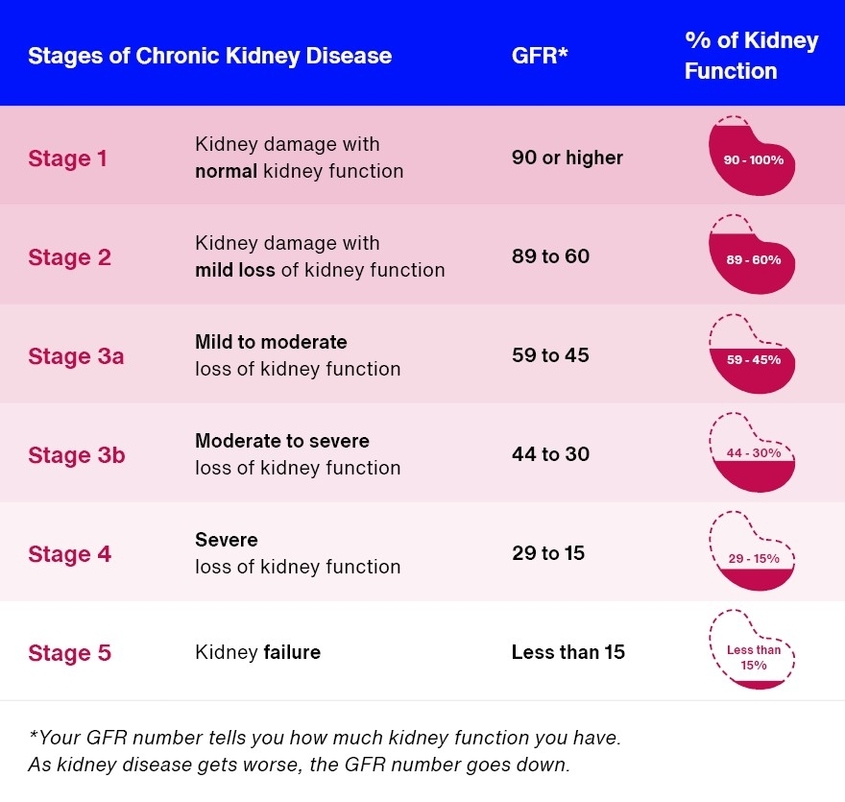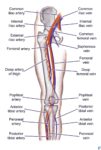Stages of Kidney Disease
Chronic Kidney Disease (CKD) is a condition characterized by the gradual and progressive loss of kidney function over time. It’s typically caused by long-term conditions like diabetes or high blood pressure. The severity of CKD is categorized into five stages, each determined by a blood test known as the estimated glomerular filtration rate (eGFR), which establishes how well your kidneys filter waste and excess fluid from your blood.
1. Stage 1 CKD (eGFR 90 or higher): This stage represents mild kidney damage. Despite the damage, the kidneys are still able to perform their function effectively.
2. Stage 2 CKD (eGFR 60-89): At this stage, there’s a mild loss of kidney function. The kidneys may not be able to filter the blood as efficiently as they should, leading to the accumulation of waste products.
3. Stage 3a & 3b CKD (eGFR 30-59): This stage represents a moderate loss of kidney function. The kidneys’ ability to filter waste and excess fluids from the blood is significantly reduced.
4. Stage 4 CKD (eGFR 15-29): This stage is characterized by a severe loss of kidney function. The kidneys are unable to filter waste and excess fluids effectively, leading to the accumulation of these substances in the body.
5. Stage 5 CKD (eGFR less than 15): This is the final stage of CKD, also known as kidney failure. At this stage, the kidneys have lost nearly all their function. Dialysis or a kidney transplant is needed to keep the patient alive.
The progression from one stage to the next is typically slow and can take years. Early detection and appropriate treatment can slow down this progression and help manage the symptoms. It’s important to note that CKD often begins without causing any obvious symptoms, making regular check-ups crucial for early detection..


